Greetings,
This review will be dedicated to a new Xtar charger, the Xtar VC4S.



Link to the charger page on Xtar website
Whats so special about this charger?
This is the most advanced charger from Xtar that I ever tested, with the widest array of features.
What am I talking about?
1. This charger can measure batteries capacity. Both during charging, and both using charge-discharge-charge cycle.
2. There is a special mode, for bringing the cell to optimal voltage for storage.
3. A very informative color display, that displays a lot of information - charging current, capacity, internal resistance and more.
4. Maximum current of 3A per slot.
5. The usual stuff that comes from Xtar - batteries “revival”, and more.
Lets start?


The charger comes in a small white carton box.
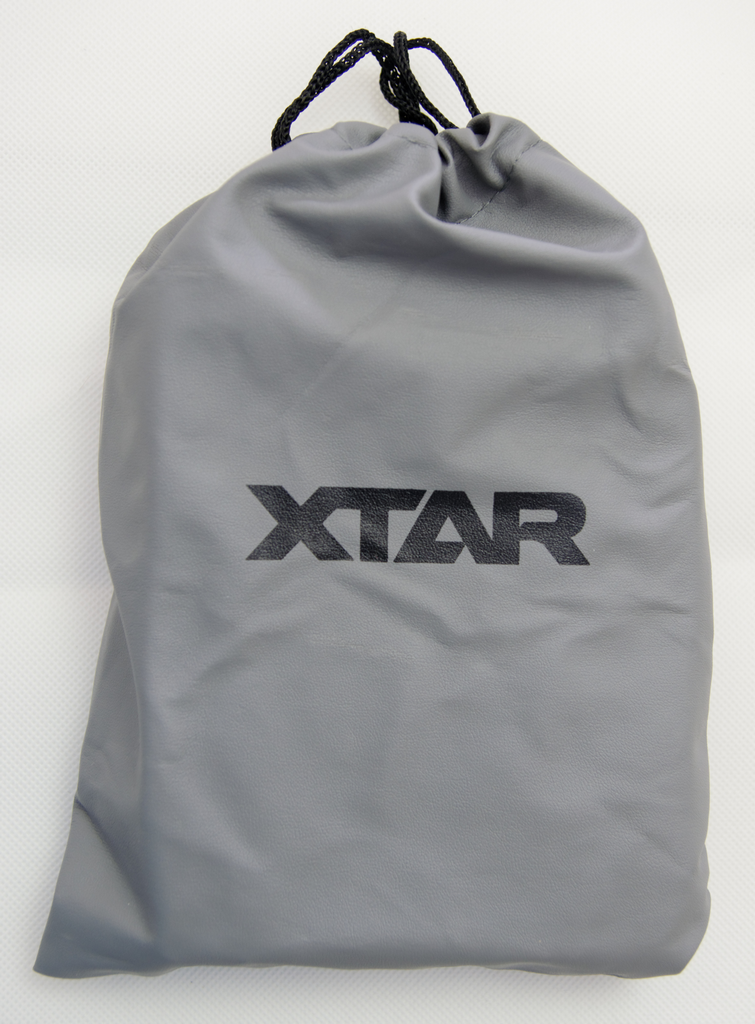
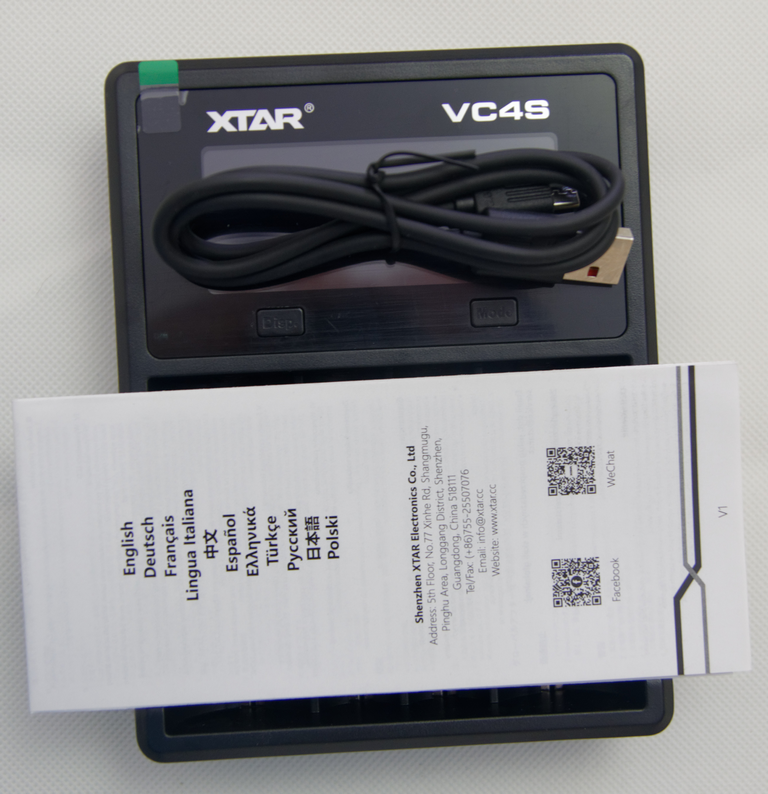

Here is the secret of the small carton box - the charger comes without power supply. The power supply that is recommended to use should support QC 3.0, other-vice the maximum current will be 2A instead of 3A.
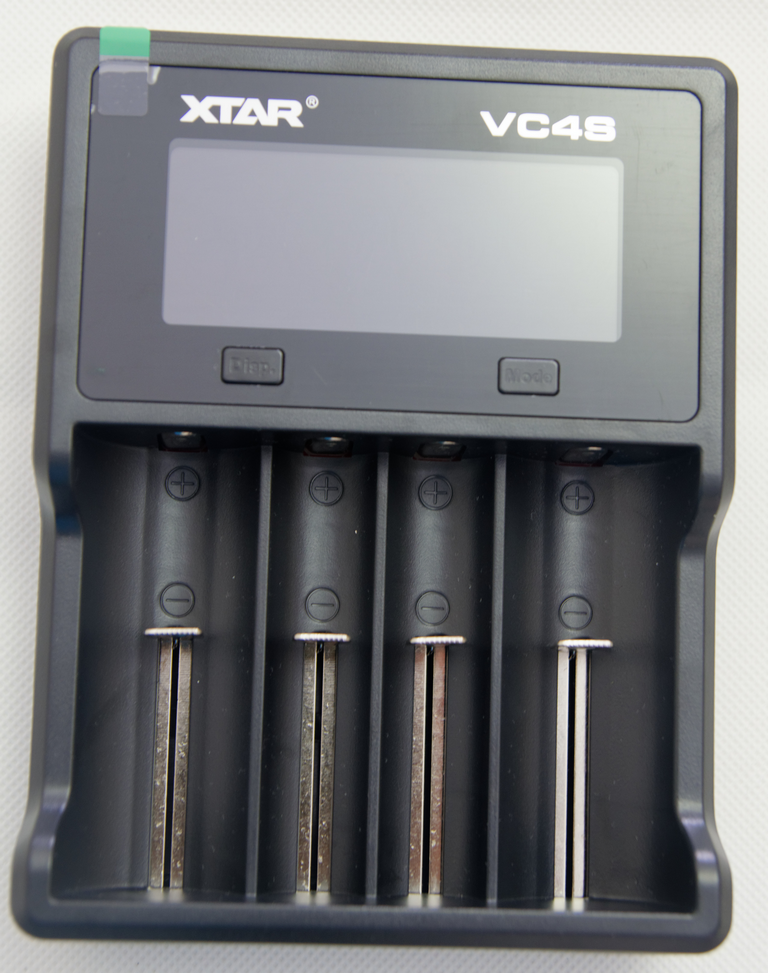


Nothing to add here, looks and feels really nice. No quality issues here.

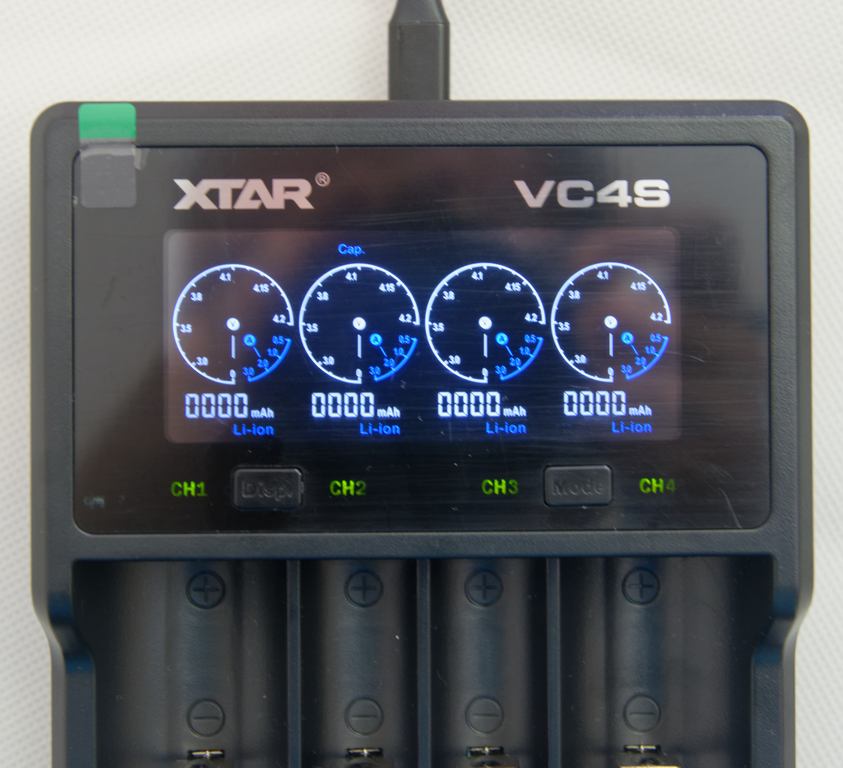

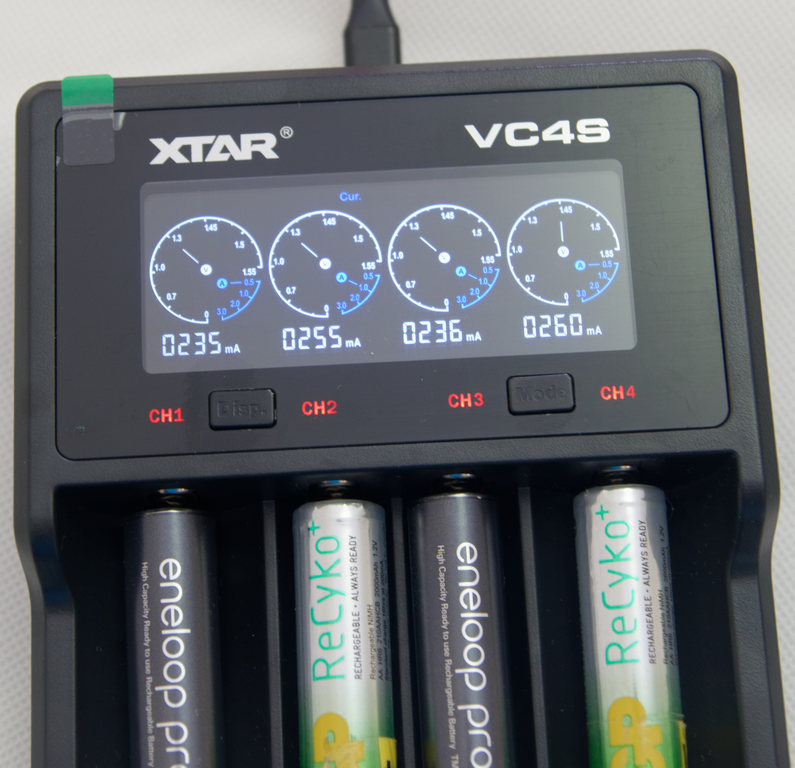

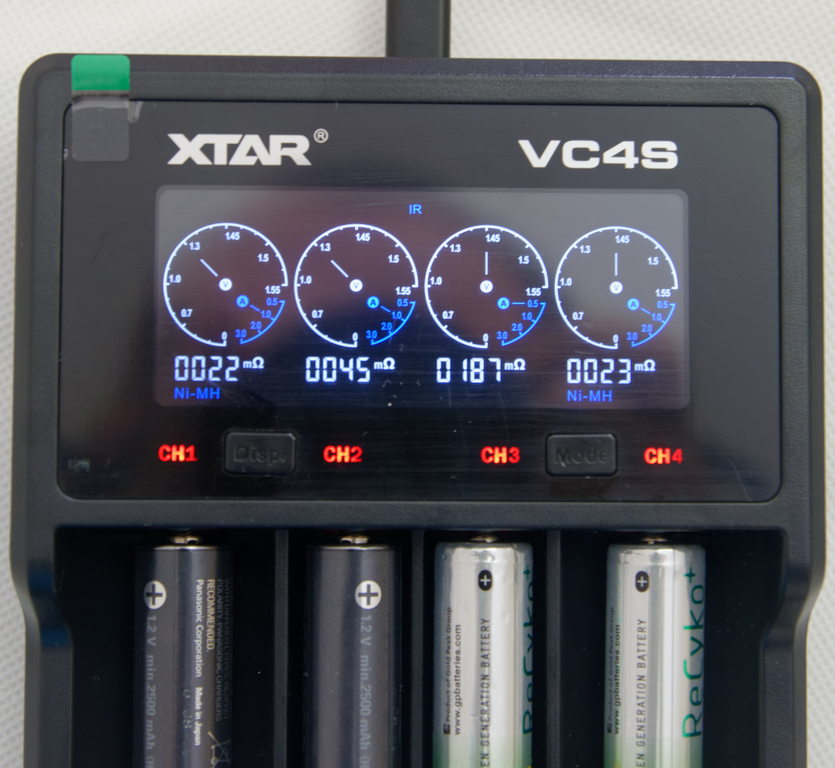
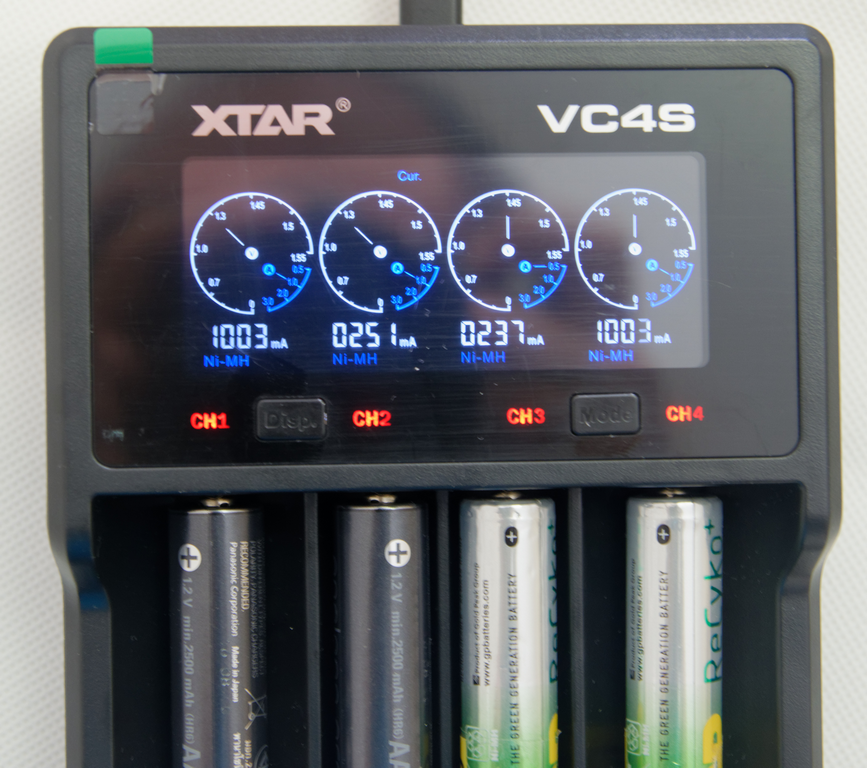

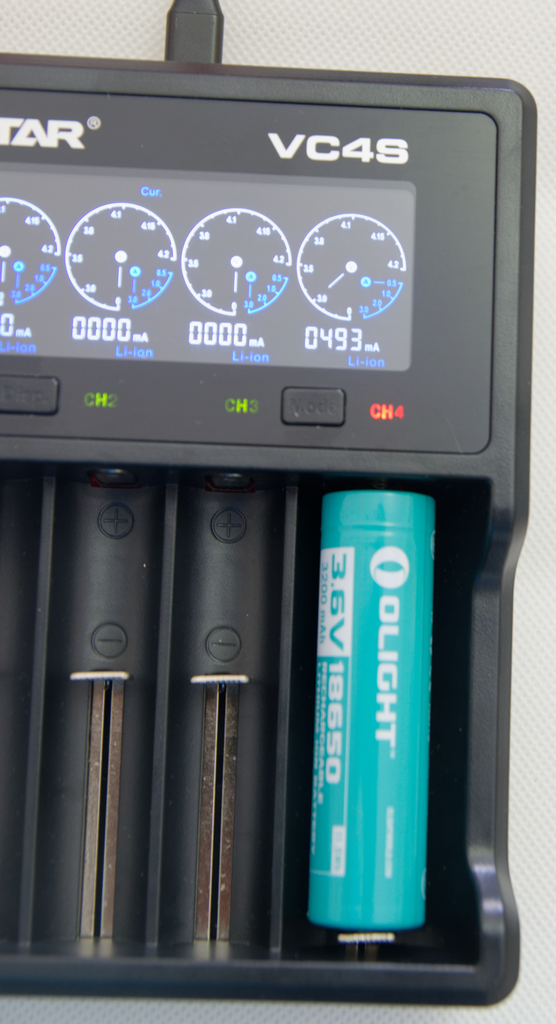
The left button switches display modes, the right switches operation modes.
As you can see you can see capacity, voltage and internal resistance. The display shows the both the maximum charging current setting and the actual current (in mA).
The maximum charging current per slot is 3A, if the cell has low internal resistance and QC 3.0 charger is being used. But if you switch to a charger that does not support QC, the maximal current drops to 2A per slot.

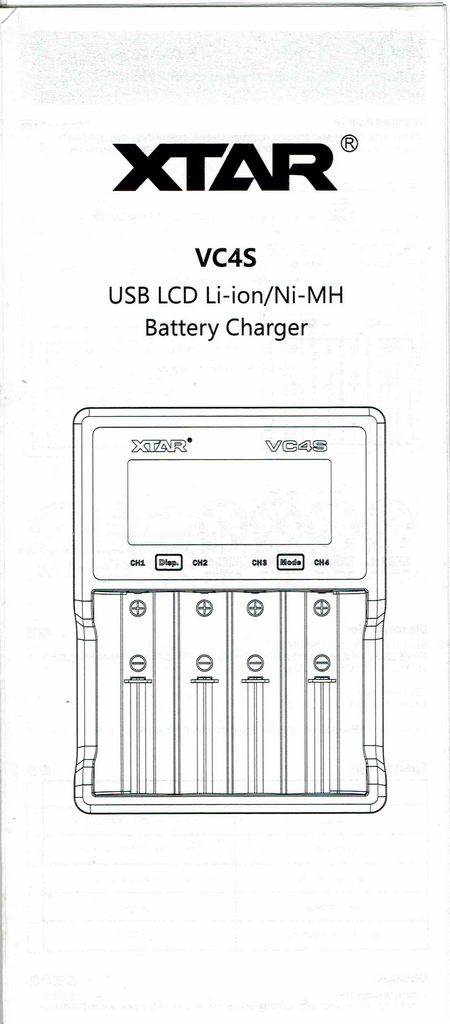
Here is the user manual
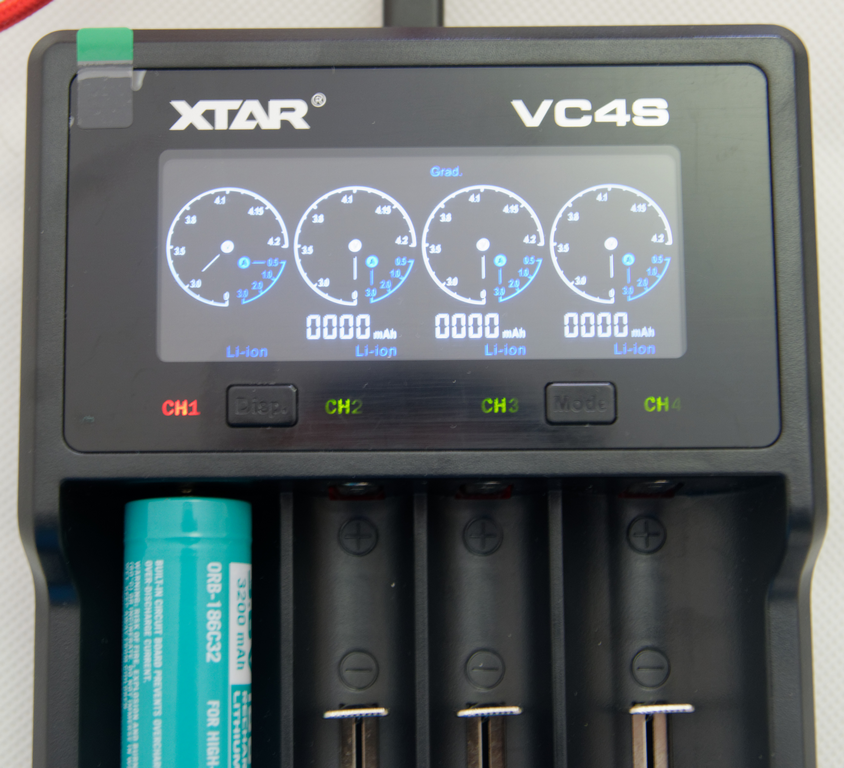
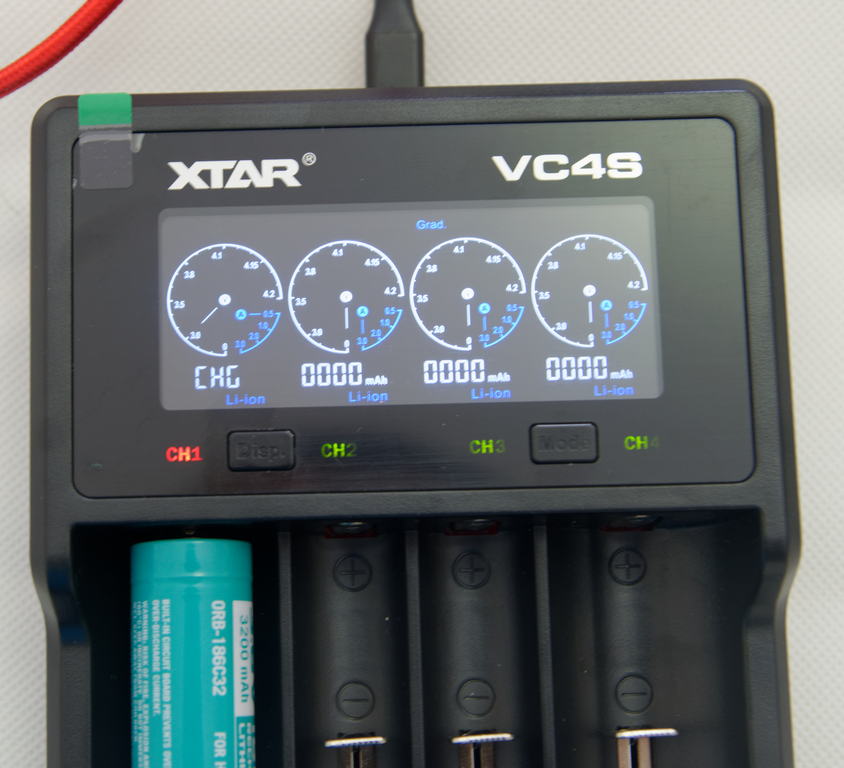
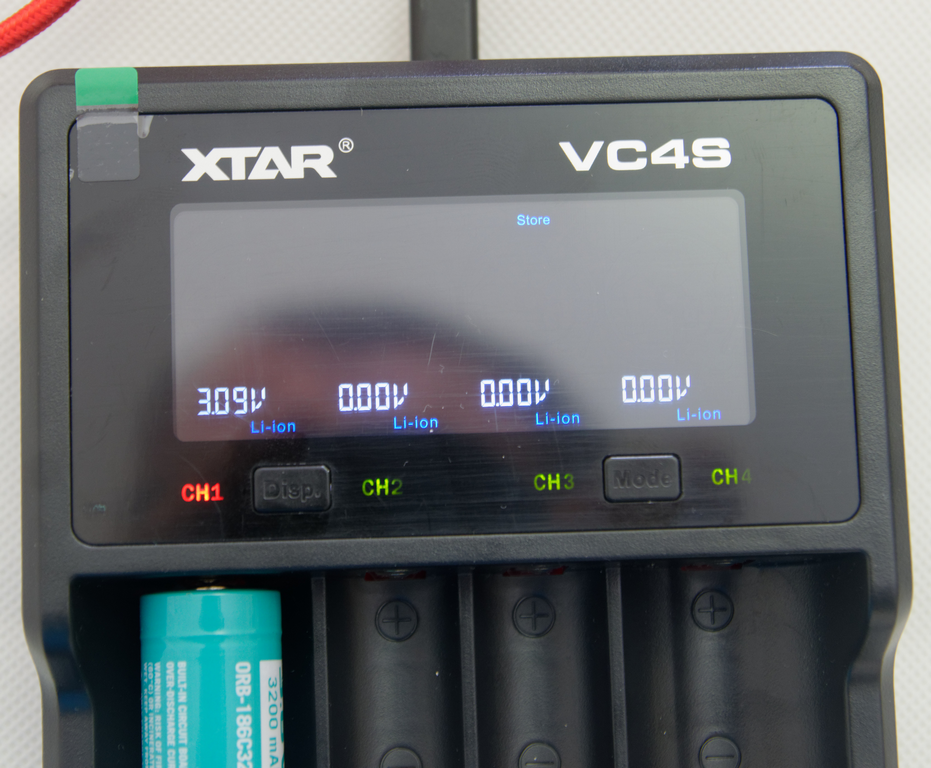
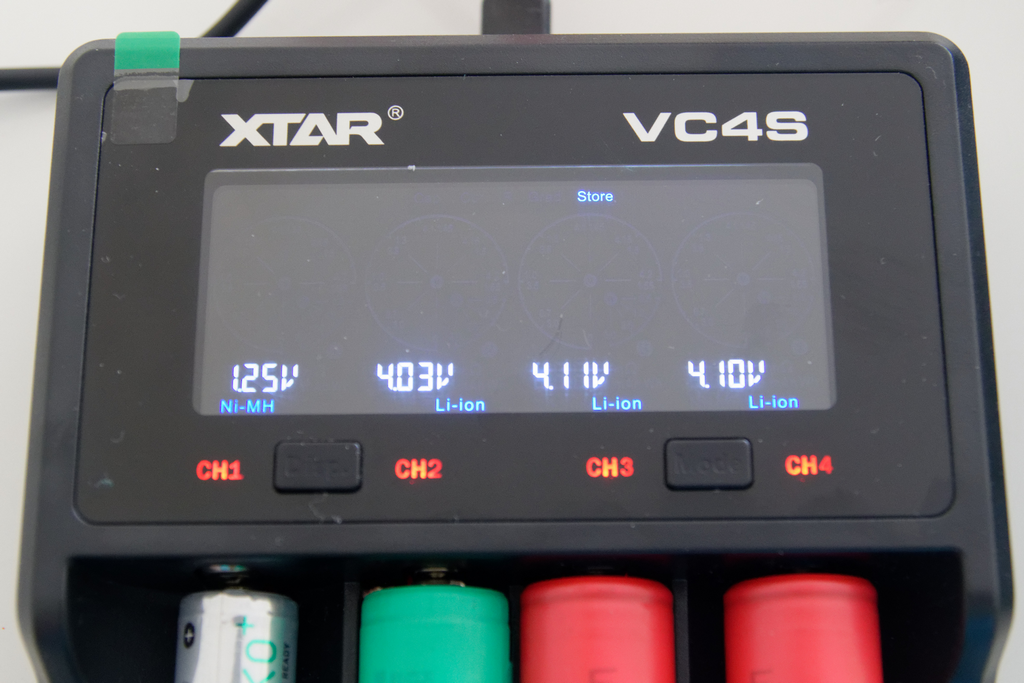
Battery storage mode. The charger charges or discharges batteries in order to set the optimal voltage for storage. For ni-mh I measured 1.26-1.31 volt, and for lithium 3.7 volt, after the “store” process completed. You cannot set charge/discharge current. I measured a discharge current of 0.3A.
An easy calculation of 0.3А Х 4 volt Х 4 cells= 4.8W ~5W. this should be the power that the charger needs to dispose when discharging 4 lithium cells. The cooling is passive. I measured 72 degrees Celsius when discharging 4 lithium cells, and 64 when discharging 3.
The voltage and current matches the voltage and current measured by my UNI-T 61E.
When cells are not installed, you can measure 8.4V on the contacts.
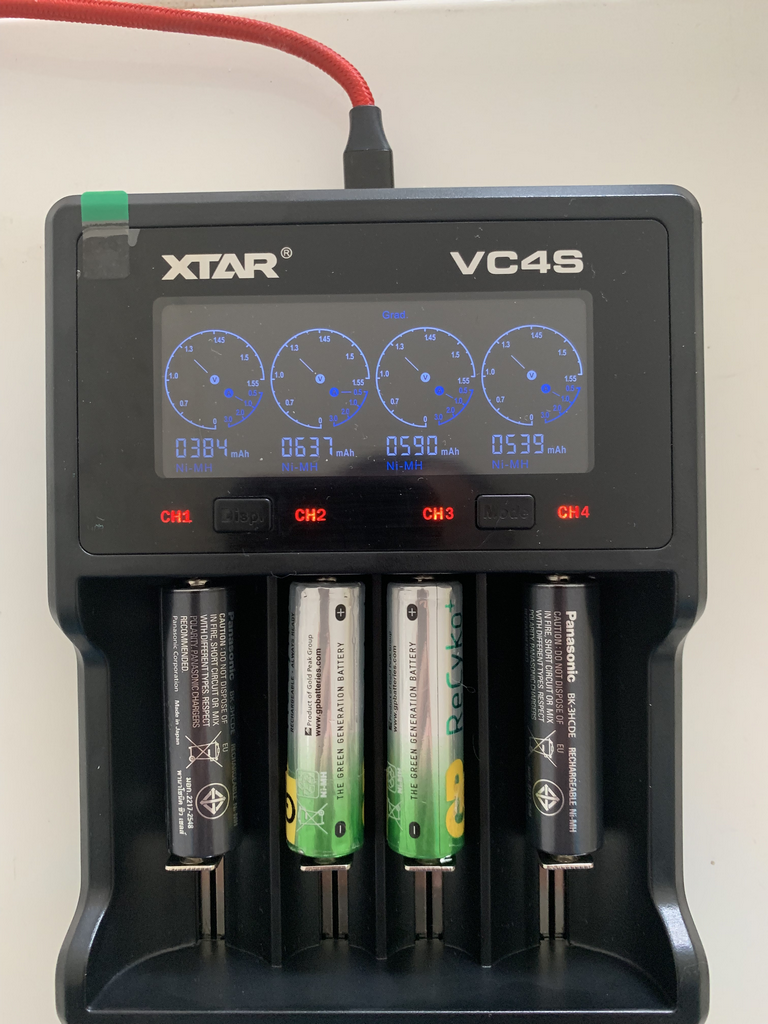

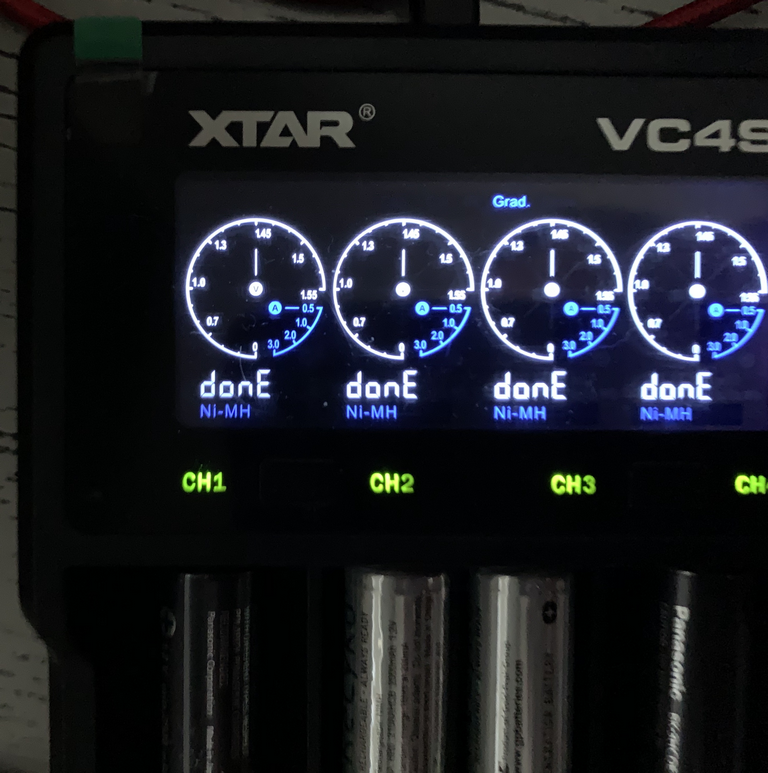

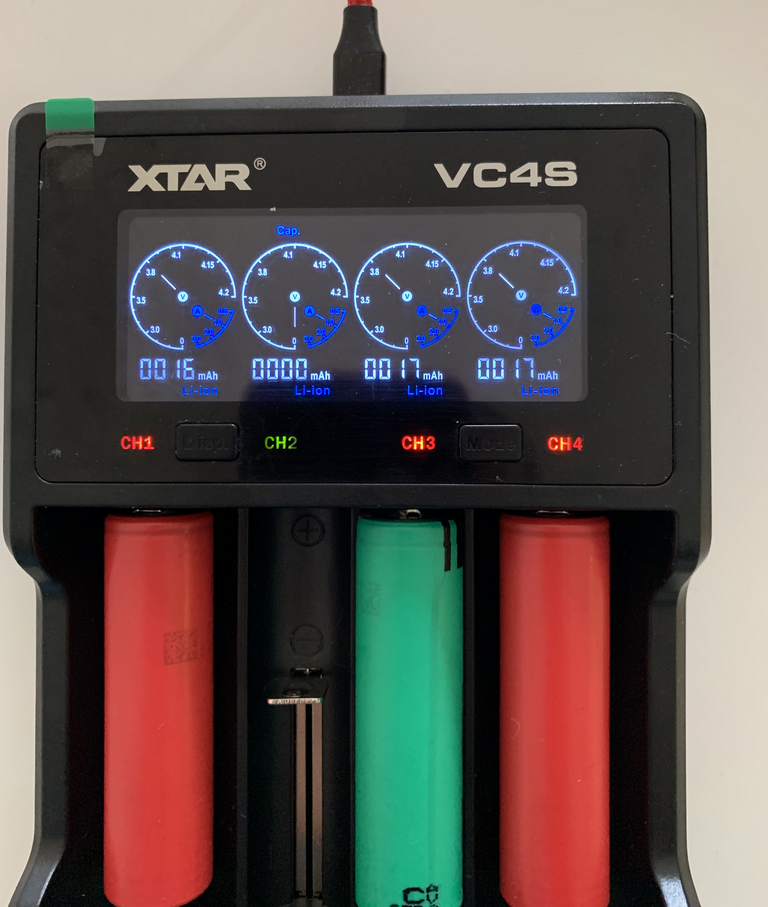

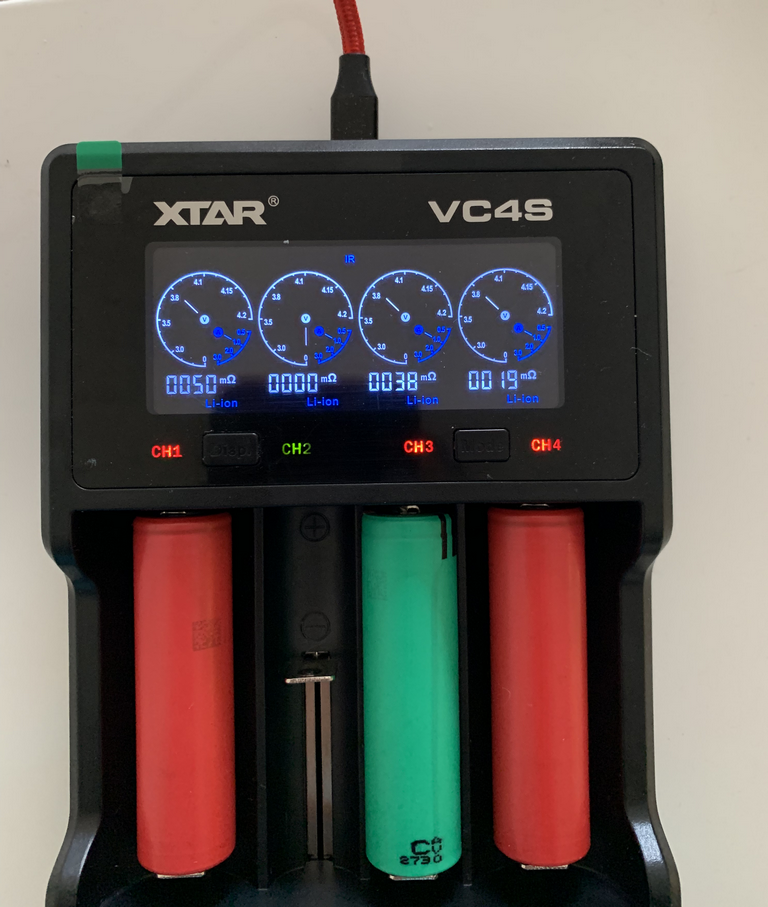
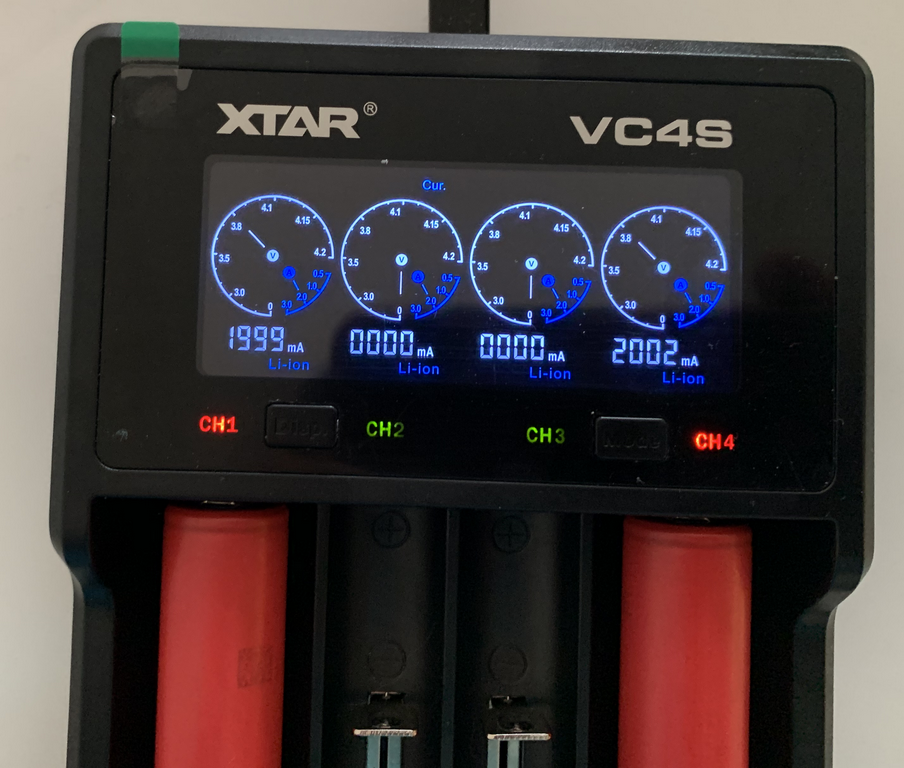
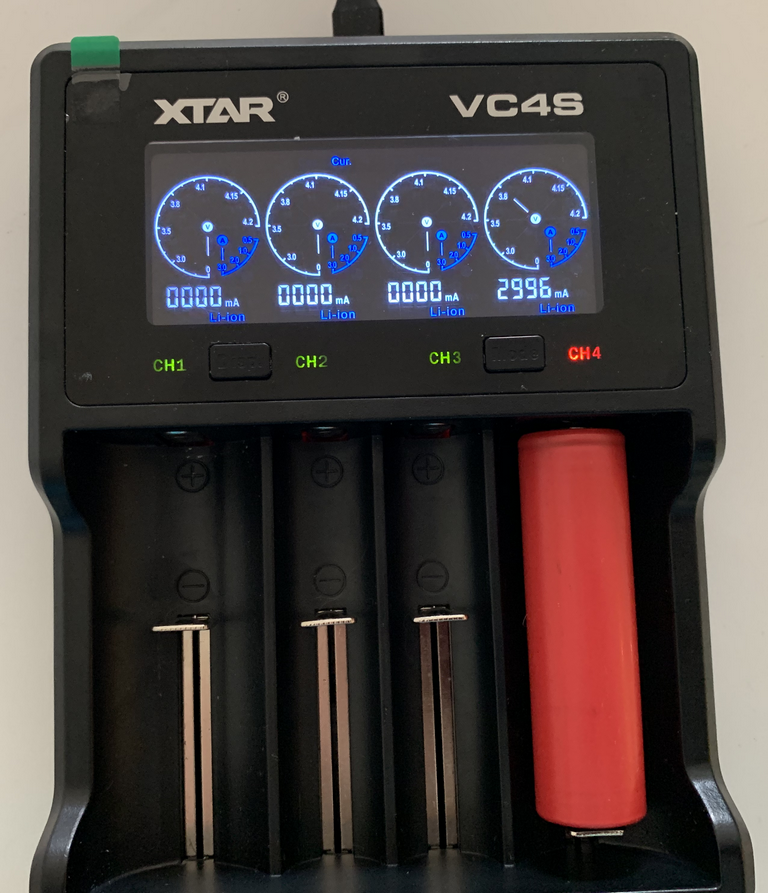
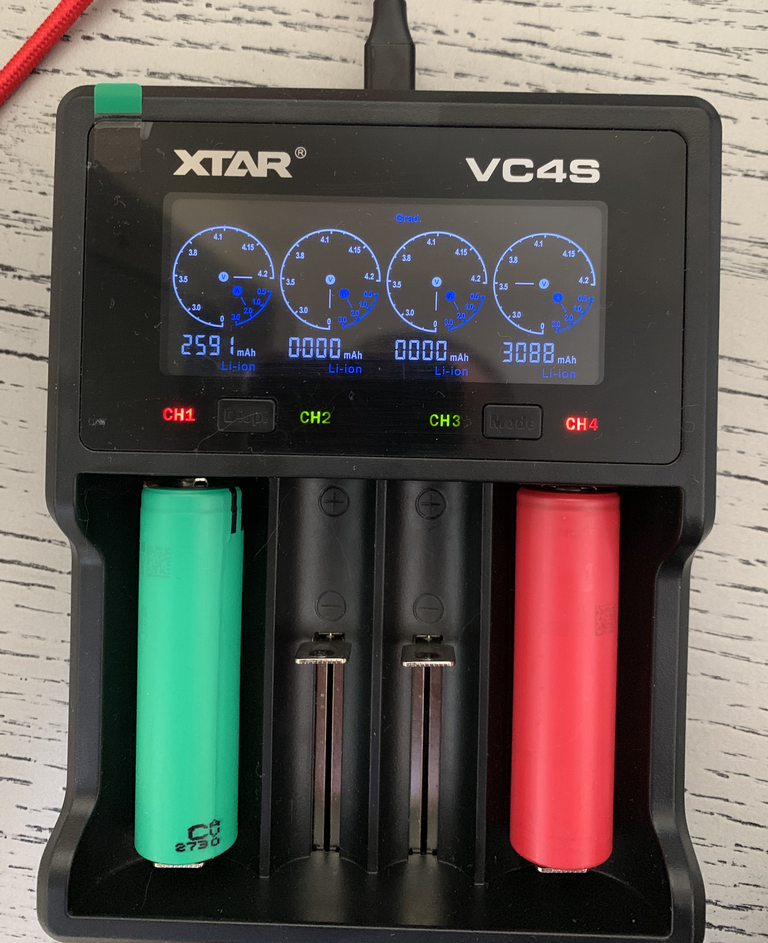
Battery “grading” mode - measuring the capacity by charge-discharge-charge cycle, the capacity is measured during discharge. The process will take a while, as the discharge current is limited to 300ma.
The nice thing about the charger - you can set it to “store” or “grading” modes, and it will stay at those modes, until you switch modes or you power cycle the device.
What I mean is that you don’t have to press any button to initiate the “special” modes, once set - simply putting in the battery will initiate the process.
The lithium cells are charged to 4.20 volt, ni-mh to 1.5 volt. From what I saw, for ni-mh the charging process is terminated by voltage, not delta-V.
Final words, conclusion
I really liked the charger. It combines advanced features with ease of use and comes from a respectable manufacturer.